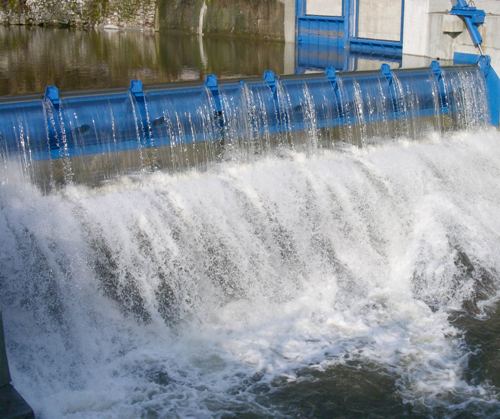Tajikistan's Sarband HPP capacity to reach 252 MW after modernization

By Kamila Aliyeva
The capacity of the Sarband hydro power plant (HPP) in Tajikistan will be increased by 12MW following the completion of modernization.
Originally designed capacity of this HPP was 240 MW, but after reconstruction this figure will reach 252MW, Avesta reported.
The reconstruction of the Sarband HPP, which will be carried out through the grant funds of the Asian Development Bank (ADB), will be completed in 2019.
For these purposes, ADB provided Tajikistan with a grant of $136 million. The modernization is being carried out by Chinese company Sinohidro.
The Sarband HPP was put into temporary operation as part of the construction of a cascade of hydroelectric power plants on the Vakhsh River in 1962 and it was fully launched back in 1966.
The modernization project provides for the complete replacement of hydraulic equipment.
The project consists of two phases and its implementation will be completed within three years. The first phase of the project provides for the modernization of first, second and fifth hydroelectric units, major repairs of third and sixth hydroelectric units, as well as reconstruction and modernization of spillway locks.
Also, repair of lifting mechanisms, compressed air systems, HPP fire extinguishing systems, replacement of power autotransformers No. 2 and 3, construction of a new building of the power plant control center, replacement of equipment in electromechanical workshops, bank protection works on the river and connecting channel are provided.
The implementation of the second phase of the project involves the modernization of 220, 110, 35 and 6 kW open distribution devices.
Mountainous Tajikistan experiences frequent power blackouts. Previously, Central Asia had a unified energy system. It included 83 power plants with total capacity of 25,000 megawatts in the territory of Uzbekistan, Tajikistan, Kyrgyzstan, Turkmenistan and southern Kazakhstan.
In winter, Tajikistan and Kyrgyzstan accumulated water in reservoirs and received electricity and energy resources (coal and natural gas) from Kazakhstan, Turkmenistan and Uzbekistan. In summer, Tajikistan and Kyrgyzstan sent water to Uzbekistan and Kazakhstan for irrigation farming.
As much as 50 percent of the power generating capacity in the united power grid of Central Asia and Southern Kazakhstan was concentrated in Uzbekistan.
However, after Turkmenistan and Uzbekistan left the unified energy system of Central Asia in 2003 and 2009, respectively, the system ceased to function.
---
Kamila Aliyeva is AzerNews’ staff journalist, follow her on Twitter: @Kami_Aliyeva
Follow us on Twitter @AzerNewsAz
